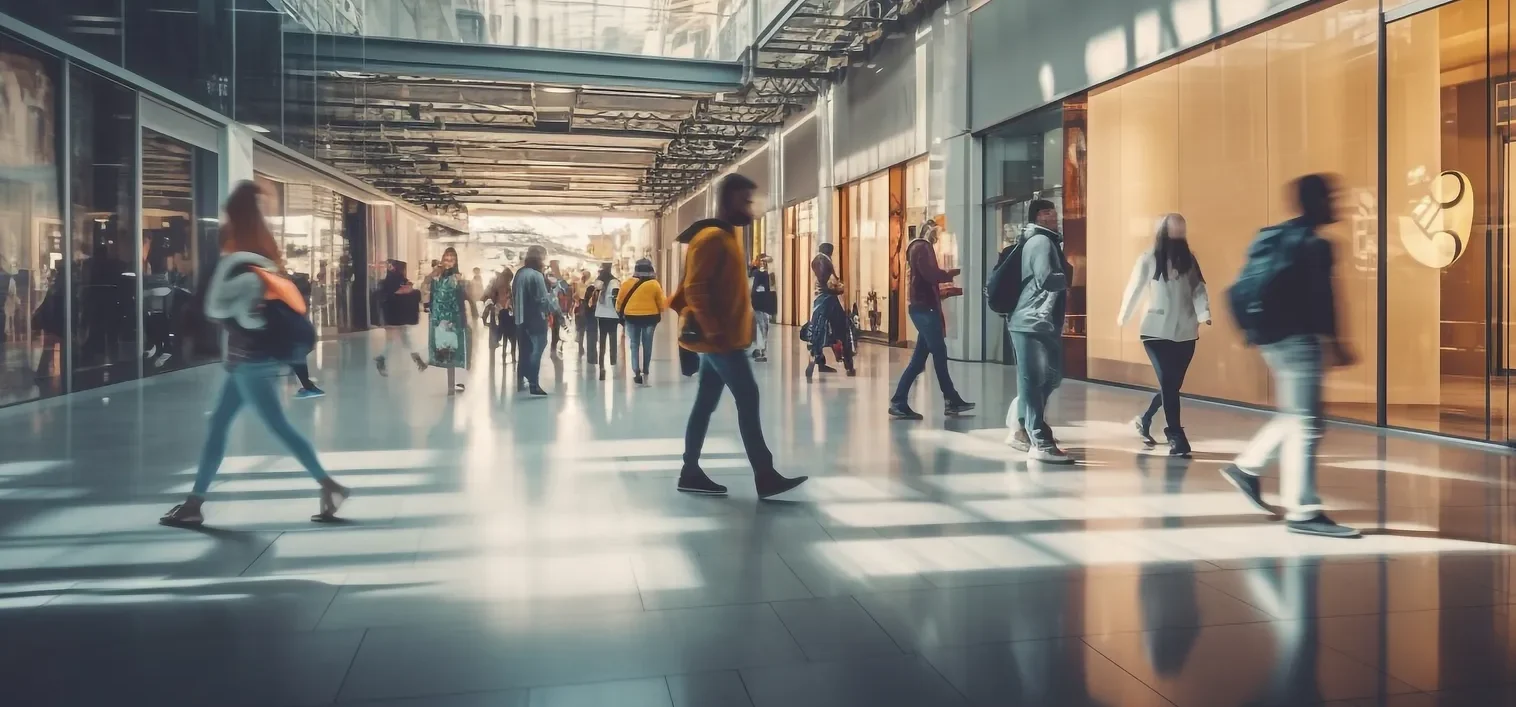Does Bensalem have a retail theft problem?
The short answer to that question is yes, there is a huge problem in Bensalem. However, retailers around the country are having to deal with the same problem. Retail theft in the United States has surged to alarming levels in 2024, presenting a significant challenge to large and small retailers. The issue, which encompasses shoplifting, organized retail crime (ORC), and internal theft, has far-reaching economic and social implications.
Rising Incidents and Economic Impact
According to the National Retail Federation (NRF), the total value of merchandise lost to theft, fraud, and damages increased from $93.9 billion in 2021 to $112.1 billion in 2022. This sharp rise highlights the growing problem of retail theft across the country. Organized retail crime and shoplifting have particularly affected major urban centers. New York City, for instance, reported over 63,925 shoplifting incidents in 2022, marking a 45% increase from 2021.
Pennsylvania eclipsed $2 billion in retail losses due to ORC in 2022 to $2.02 billion. California leads the nation in retail theft losses, with the state experiencing an estimated $5.23 billion in losses due to shoplifting and ORC. Texas and Florida follow, with losses of $3.58 billion and $2.79 billion, respectively. These figures underscore the substantial economic burden that retail theft imposes on state economies.
Impact on Small Businesses
Small businesses are not immune to this trend. A recent study found that 85% of small business retailers experienced theft at least once a year, with many reporting monthly losses ranging from $500 to $2,500. The persistence and frequency of these incidents have made retail theft a critical concern for small business owners, who often operate on razor-thin margins and can’t afford to absorb such losses.
Retail theft’s impact extends beyond individual businesses to the wider economy, contributing to an estimated $14.9 billion in lost tax revenue annually in the U.S.
Types of Retail Theft
The types of retail theft vary widely, including shoplifting, ORC, and internal theft. ORC often targets items that are easily concealable, removable, available, valuable, enjoyable, and disposable (CRAVED). Commonly stolen categories include apparel, electronics, health and beauty products, and food and beverages.
Internal theft also poses a significant challenge, costing American retailers $26.93 billion last year. Internal theft incidents typically involve higher values than external theft, with an average of $1,551 per incident compared to $524 for shoplifting. Electronics, clothing, office supplies, and food and drink are the most commonly stolen items by employees.
Response and Mitigation Strategies
Retailers have implemented various measures to combat theft. Many have increased their loss prevention budgets, investing in technologies like RFID systems, AI-driven video analytics, and license plate recognition systems. Approximately 37.1% of retailers have expanded their loss prevention and asset protection teams in the past year, while 44.5% have increased spending on these initiatives.
Locking up merchandise is another strategy retailers use to deter theft. However, this approach can inconvenience customers and potentially reduce sales. According to Advantage Solutions, nearly 20% of shoppers decide not to purchase an item if it is locked up, with less than one-third opting to buy it online instead.
The Human and Social Dimension
The rise in retail theft is not just a business issue; it also has significant social implications. Incidents involving violence or threats of violence have increased, with Target reporting a 120% rise in such incidents in the first five months of 2023. These threats create unsafe environments for both employees and customers, leading some retailers to close stores in high-crime areas.
Target’s recent decision to close nine stores, citing organized retail crime and threats to safety, underscores the severity of the issue. These closures affect communities that rely on these stores for essential goods and services, highlighting the broader social impact of retail theft.
The Future of Retail Theft Prevention
Addressing theft requires a multifaceted approach. Retailers must balance the need for security with maintaining a positive shopping experience for customers. While advanced technologies and increased security measures are essential, retailers must also consider the potential downsides, such as customer inconvenience, reduced sales, and the cost of implementing these programs.
Collaboration with the Bensalem Police Department and community organizations like the Bensalem Economic Development Corporation is also crucial. Retailers can benefit from sharing information and strategies to tackle organized crime networks effectively. Additionally, public awareness campaigns, like Coffee with a Cop, can help educate consumers about the impact of retail theft and encourage community involvement in prevention efforts.
Conclusion
Retail theft in the U.S. has reached critical levels in 2024, posing significant challenges to both large and small retailers. The economic and social impacts are profound, with billions lost annually and increased safety concerns for employees and customers. While retailers are implementing various strategies to combat theft, a balanced and collaborative approach is necessary to address this pervasive issue effectively.
